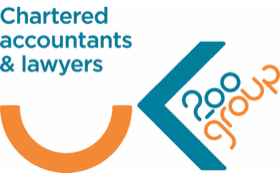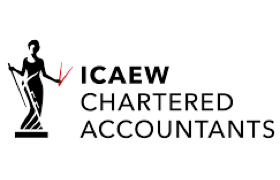Let Property Campaign nudges up revenues
- 21st October 2025
HMRC’s Let Property Campaign has been running for over twelve years. In 2024/25, it pulled in a record £107 million from landlords – more than a 60% increase on the previous year.
The number of taxpayers making voluntary disclosures has fallen from 11,000 to less than 8,000, despite the significant revenues. The larger sums being paid by those coming forward highlights the greater risk of ignoring a nudge letter by HMRC.
Typical errors
While there may be deliberate evasion, it is simple to misunderstand the rules of property letting. HMRC has highlighted the common tax errors, including:
- Where a property has been inherited and then rented out. If only a single property is involved, there may not be any realisation that the property income needs to be declared to HMRC. A nudge letter may well have been sent because letting platforms are now providing data to HMRC.
- A similar situation can arise if a person moves in with their partner and then rents out their previous property. While there may be no profit as such, because the rent barely covers the mortgage payments, for tax purposes, only the interest element of the mortgage payments qualifies for tax relief.
- A property is purchased for a son or daughter to live in rent-free while they are at university. However, if the son or daughter then allows friends to move in who pay rent, this income should be declared to HMRC.
Capital expenditure can also trip up many landlords. For example, the installation of a new kitchen, which is a significant upgrade to the old one, is not a deductible expense, whereas expenditure on a like-for-like replacement would be.
The Let Property Campaign is open to all residential property landlords, but does not apply to companies or where commercial property is let. Voluntary disclosure will mean more lenient penalties.
Information on HMRC’s Let Property Campaign can be found here.
All data and figures referred to in our news section are correct at the date of publishing and should not be relied upon as still current.



